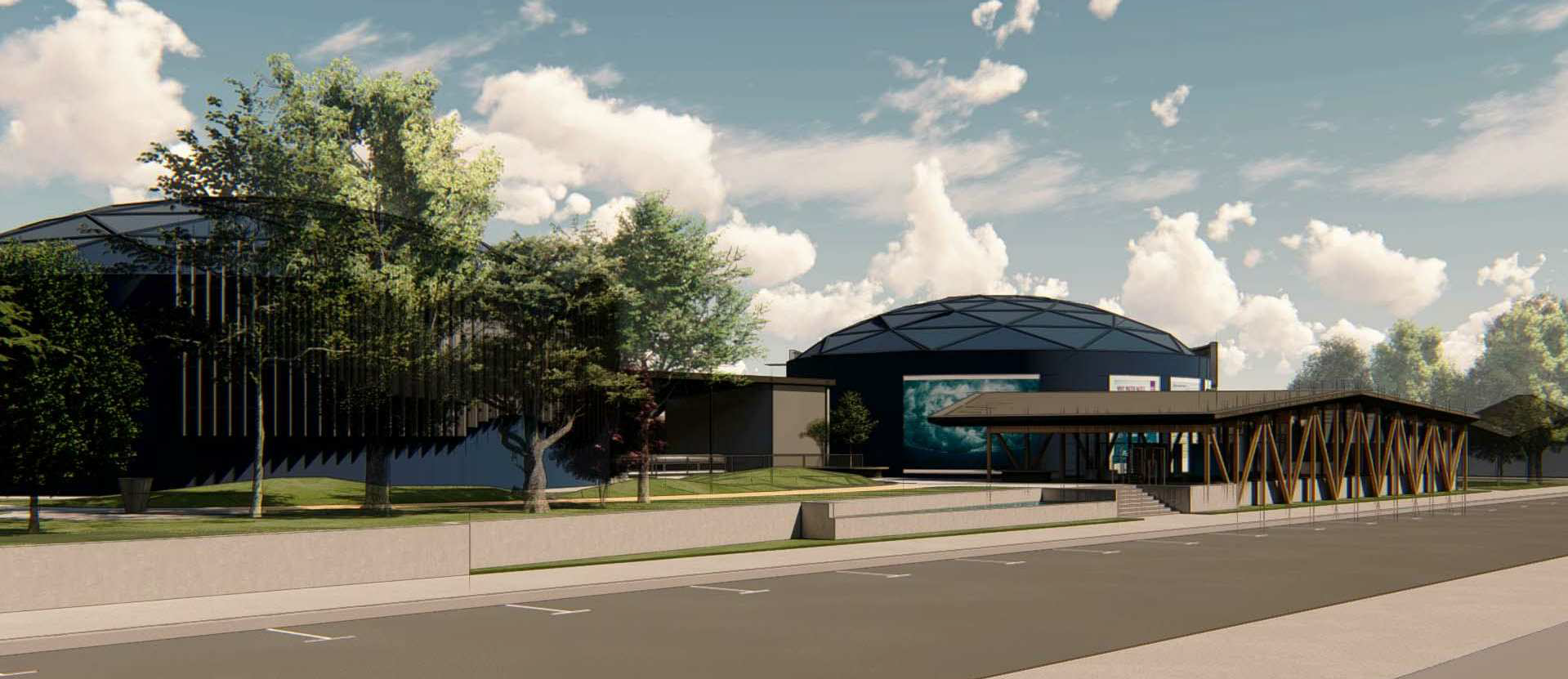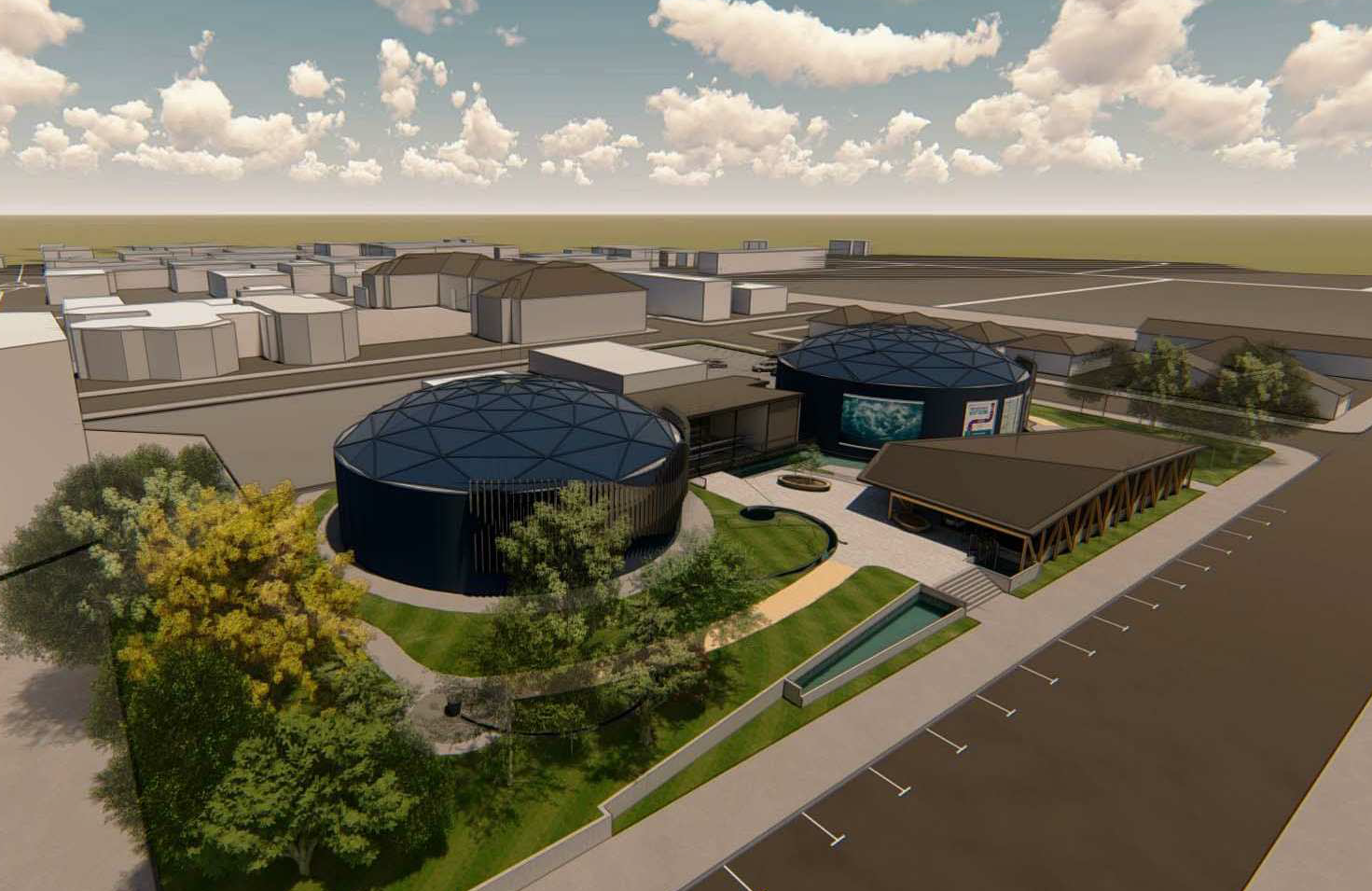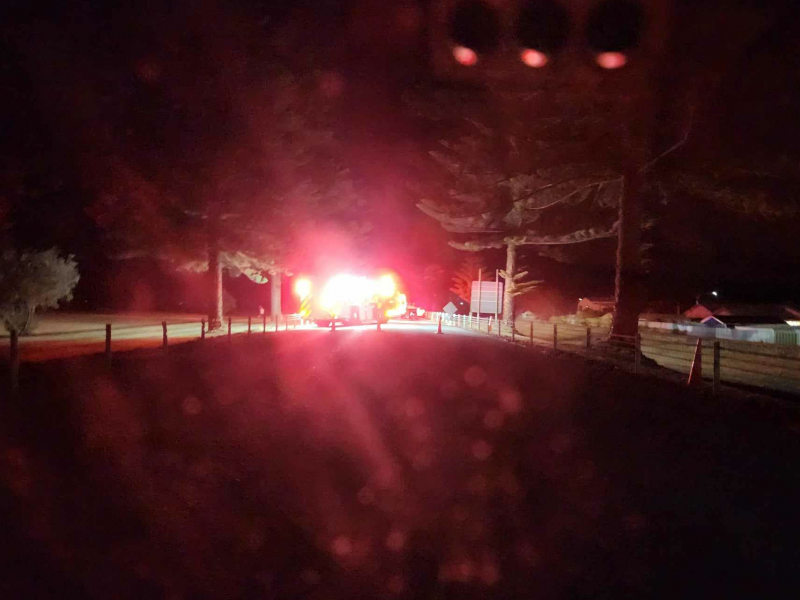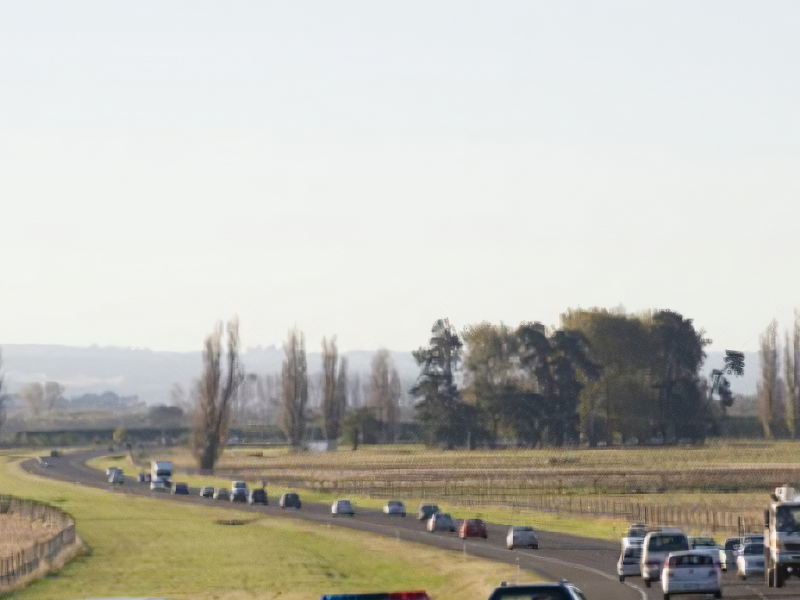Hastings District Council floats ‘down-sized’ Water Central idea.
A Hastings District Council plan to tell the “story of water” which was scuppered after controversy, appears to have re-emerged.
The Waiaroha Water Project bears striking similarities to that of ‘Water Central’ – a multi-million dollar building which would have incorporated education and cultural aspects, as well as an observation deck, function room and office accommodation for up to five staff.
It had, until now, been off the cards following some members of the public expressing outrage at the plan, and a late and costly $25,117.06 + GST ratepayer-funded investigation which failed to pinpoint who leaked details of the public excluded proposal to this reporter.
Details of ‘Waiaroha’; Wai meaning water and Aroha meaning love in Māori, were discussed publicly at the Heretaunga Takoto Noa Māori Standing Committee Meeting on August 5.
When questioned by Hawke’s Bay App this morning, chief executive Nigel Bickle said he was “not prepared to comment” at this stage but would be “happy to” speak when there was something “concrete to talk about”.
He said it was still in the “confirmation” stage and no decisions had been made at this stage. Five hours later, and in response to questions sent by Hawke’s Bay App to HDC, council sent out a media release.
In the release, Hastings District Mayor Sandra Hazlehurst said Waiaroha is almost ready to be put before residents.
A source close to council said the council is “determined not to get it wrong” this time.
The new design for the water treatment and reservoir storage facility will stay on Council-owned land on the corner of Southampton St East and Hastings St South.
The site was selected last year because of its proximity to the existing Eastbourne drinking water bores and pipe network.
Hazlehurst said the construction of two urban water treatment and storage facilities were critical elements of Hastings’ Drinking Water Strategy (2018).
Council is currently going through a Resource Consent process for one site located at Frimley Park,while the other is the Eastbourne site.
“Safe drinking water is our number one priority. The Havelock North water crisis and subsequent government inquiry highlighted, both for our community and the country as a whole, how important quality water infrastructure is.” the Mayor said.
“Water storage and treatment facilities are a key component of keeping our drinking water safe, adding capacity and resilience to the network, and enabling Hastings to meet National Drinking Water Compliance Standards.”


Artist's impression of the water treatment and storage facility on the corner of Southampton St East and Hastings St South.
The final detail of the new design will be shared with Eastbourne site neighbours initially, and then with the wider community as part of Council’s engagement process.
Hazlehurst said an initial concept made public last year drew considerable feedback, which had informed the current proposal.
“We have listened to our community, and Council is looking forward to sharing the new concepts which incorporate that feedback.”
“Over the next few weeks, we will be sharing our site plans and design options for the water treatment and storage facility with our community. This includes using trees, landscaping and architectural features to lessen the visual impact of the water storage while also creating an appealing space for the community to enjoy.
“Council will consider the community’s feedback on these mitigation options when it makes a final decision on the overall design for the project.”
While initially one tall tank had been planned, this has now been changed to two smaller tanks.
Between them they would hold the same amount of water but the profile would be lower. Extensive landscaping, including keeping the existing trees and putting in new plantings, would further soften the visual impact.
The two tanks would be set as far back as possible into the site with a single-storey treatment building between.
A low-profile public building and the landscaping would, in combination, be spaces where the community could learn about our aquifers and where that water comes from, how we manage and treat drinking water, and how water is used. It would be particularly attractive to school groups.
The cost of the necessary infrastructure is $14 million, which is budgeted for under the Hastings Drinking Water Strategy.
Any costs outside of the infrastructure and required mitigation, estimated at $4 to $6m (subject to final design), would be funded externally – i.e. not from ratepayers.























